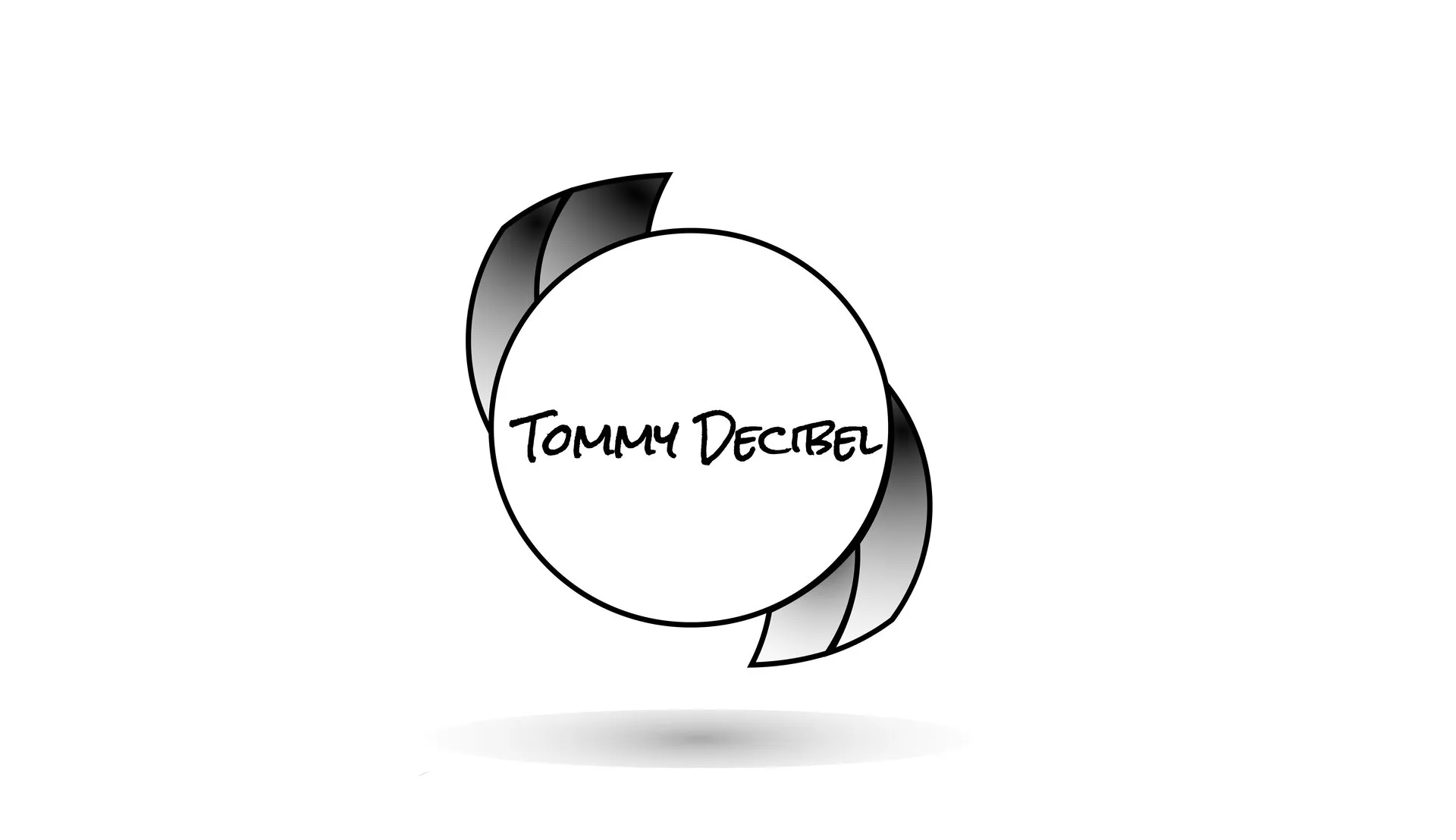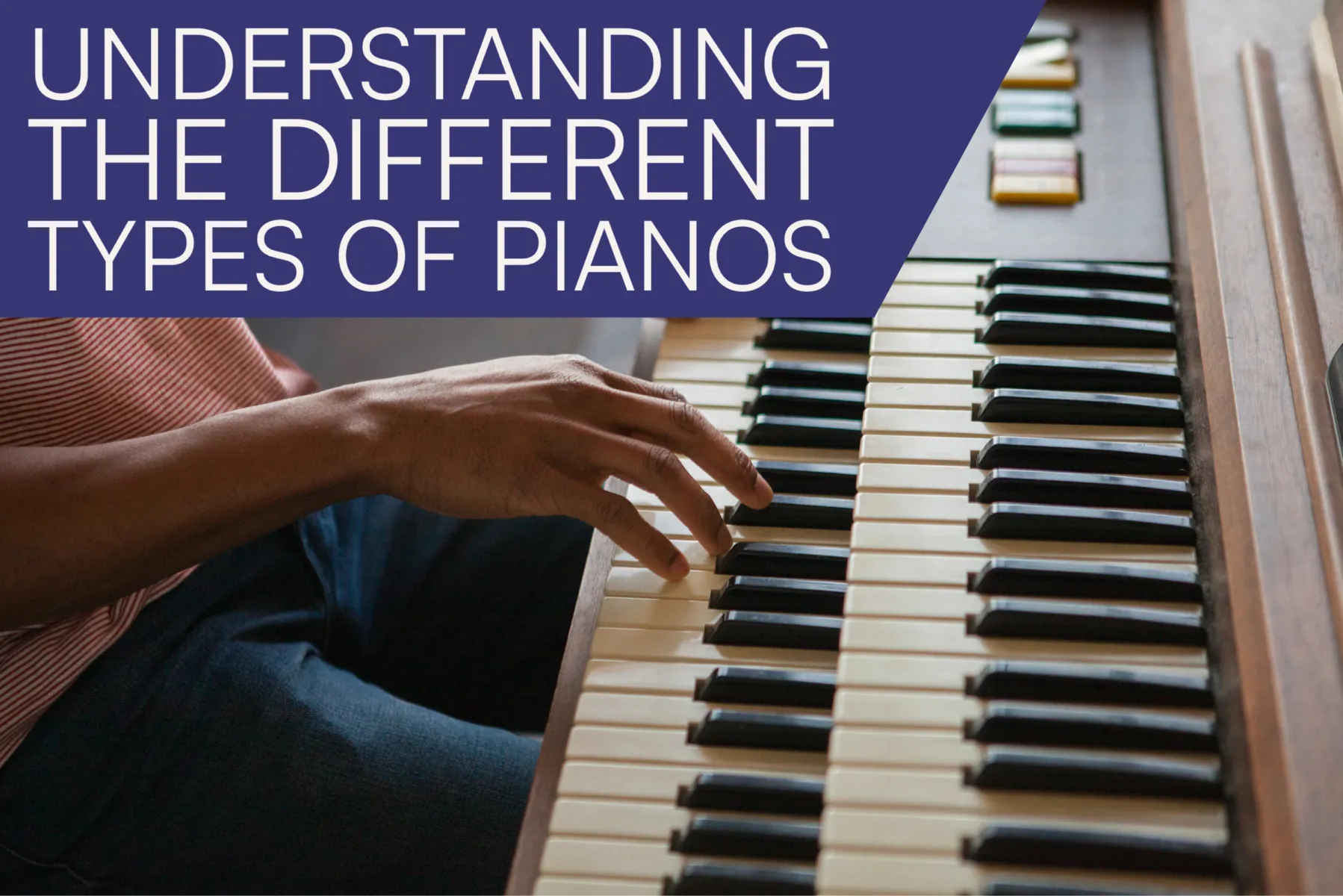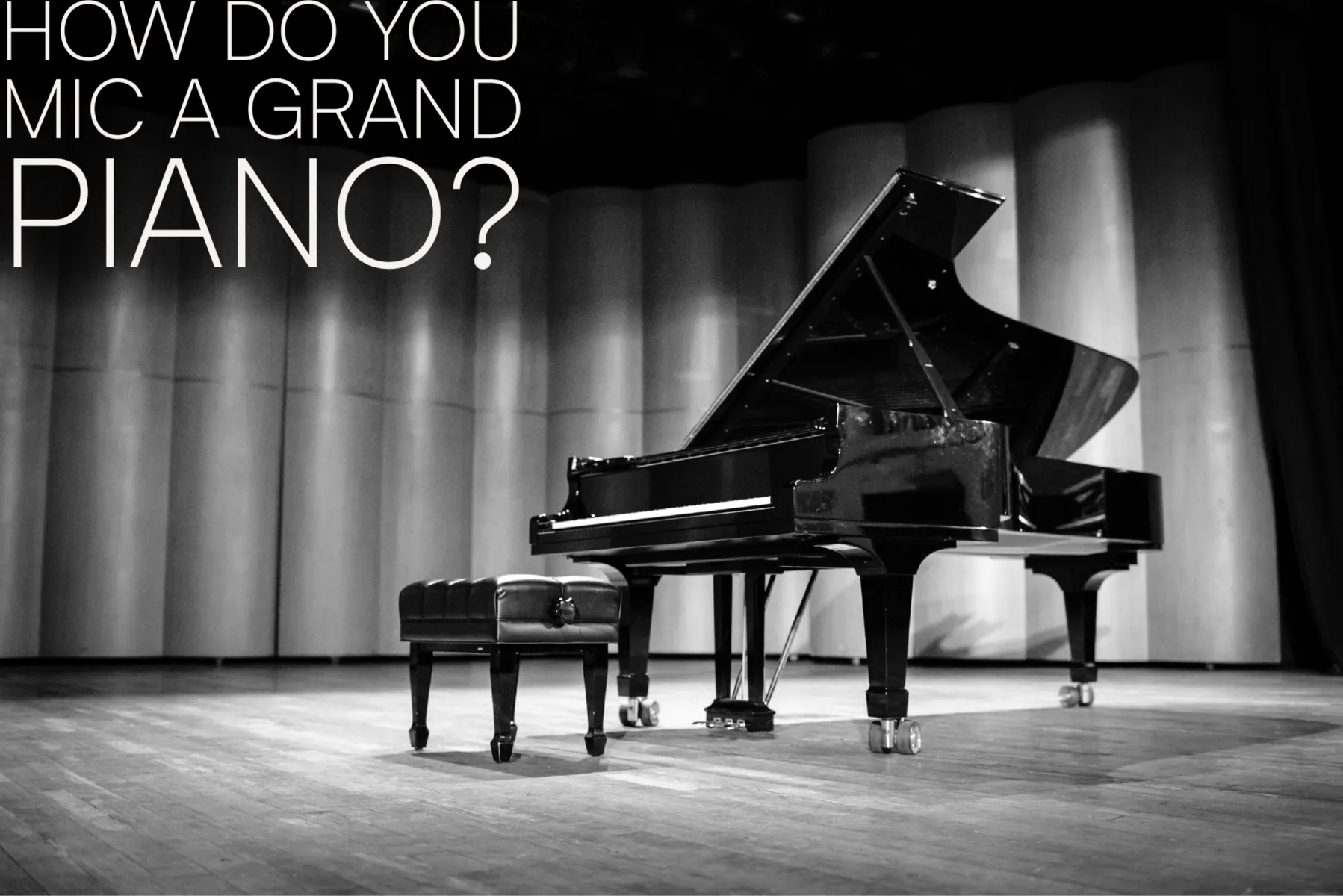When it comes to recording and reinforcing pianos, mic'ing is crucial for capturing the instrument's rich and nuanced sound. However, for beginners, the process of mic'ing a piano can be overwhelming, as there are many factors to consider and techniques to master. In this beginner's guide, we will break down the art of piano mic'ing and provide tips and tricks for achieving optimal sound quality.
Defining the Parts of a Piano
A piano is a complex musical instrument that consists of several parts that work together to produce sound. For the purposes of using the information in this article, we will be going through the parts and defining them so that you can have a bit more of a clearer understanding of these techniques.
The main parts of a piano are:
Keyboard: The keyboard is the most visible and recognizable part of a piano. It consists of a series of white and black keys that are played by the fingers. The white keys represent the natural notes (such as C, D, E, F, G, A, B) and the black keys represent the sharp and flat notes (such as C#, D#, F#, G#, A#).
Action: The action is the mechanism that transfers the motion of the fingers pressing the keys to the hammers that strike the strings. It consists of several parts such as hammers, whippens, and dampers.
Strings: The strings are the heart of the piano, they are stretched tight and tuned to specific notes. They are struck by the hammers and vibrate to create sound.
Soundboard: The soundboard is a thin wooden panel that amplifies the sound of the strings. It is located under the strings and resonates with their vibrations to project the sound.
Frame: The frame is the structural support of the piano, it holds all the other parts together. It can be made of different materials such as wood or metal.
Pedals: Pianos have three pedals, the sustain pedal, the una corda pedal, and the sostenuto pedal. The sustain pedal allows the notes to continue to sound even after the keys have been released, the una corda pedal softens the sound by moving the hammers closer to the strings, and the sostenuto pedal sustains only the notes that are pressed down at the time the pedal is used.
Case: The case is the outer covering of the piano, it can be made of different materials such as wood, metal, or plastic.
Understanding the Different Types of Pianos
Before diving into mic'ing techniques, it's important to understand the different types of pianos and how they affect the sound. There are two main types of pianos: grand pianos and upright pianos. Grand pianos have a larger soundboard and longer strings, which results in a fuller and richer sound. Upright pianos, on the other hand, have a smaller soundboard and shorter strings, which results in a brighter and more focused sound. Knowing the type of piano you're working with will help you choose the right mic'ing technique. There are several different types of pianos, each with its own unique characteristics and uses.
The Most Common Types of Pianos Include:
Grand Piano: Grand pianos are the most traditional and widely recognized type of piano. They have a horizontal shape and a larger soundboard, which results in a fuller and richer sound. Grand pianos are commonly used in concert halls, music studios, and homes.
Upright Piano: Upright pianos, also known as vertical pianos, have a smaller soundboard and shorter strings than grand pianos, which results in a brighter and more focused sound. They are also more compact than grand pianos and take up less space, making them a popular choice for homes and smaller venues.
Digital Piano: Digital pianos are electronic instruments that mimic the sound and feel of an acoustic piano. They use digital technology to produce sound, which allows for a wide range of voices, tones, and effects. Digital pianos are often used for recording, performing, and teaching.
Electric Piano: Electric pianos are similar to digital pianos, but they use electrical pickups and amplifiers to generate sound instead of digital technology. They are often used in jazz, funk, and rock music.
Player Piano: Player pianos are a type of piano that uses a mechanical system to play the piano automatically. They are often used for entertainment and can be found in bars, restaurants, and other public places.
Harpsichord: A harpsichord is a keyboard instrument that is similar to a piano but its sound is produced by plucking strings with a mechanism called a plectrum or a quill. Harpsichords are mostly used in Baroque and early music.
Clavichord: A Clavichord is a keyboard instrument that also produces sound by plucking strings, but it is much smaller than a harpsichord and the sound is less loud and more intimate. It is mostly used for practice and for early music.
Choosing the Right Microphone(s) and How to Position Them: Which Microphone and Mic’ing Technique are the Best Options?
The type of microphone you use can greatly impact the sound of the piano. For grand pianos, a pair of omnidirectional or cardioid microphones are recommended, as they capture the full range of sound. For upright pianos, a pair of directional microphones, such as figure-eight or hypercardioid microphones, is recommended, as they capture the brighter sound. Additionally, it's important to choose high-quality microphones that can handle the dynamic range of the piano.
Mic'ing Techniques: Where do you put the Mic When Recording a Piano?
Other than the type of mic you use to capture the sound of a piano, the placement in relationship to the other mics involved, as well as the distance from the source all play a massive role in how a piano is captured. For grand pianos, the most common technique is to place a microphone above the soundboard and another one near the hammers. This captures the rich and nuanced sound of the piano. For upright pianos, the most common technique is to place a microphone inside the piano, near the strings, and another one outside the piano, near the soundboard. This captures the brighter and more focused sound of the piano. Another method is by taking two matched small diaphragm condenser mics and mic’ing them much like you would a set of overheads - equidistant from each other and from the focus of the source.
When it comes to mic'ing pianos, there are several common techniques and placements that are used to capture the best sound.
Here are a few examples:
Close-miking: This technique involves placing the microphone(s) close to the sound source, typically within a few inches of the piano's strings or hammers. This technique is commonly used to capture the nuances and details of the piano's sound. It is also ideal for recording when you want to have control over the balance between the different elements of the piano (strings, hammers, etc)
Room-miking: This technique involves placing the microphone(s) farther away from the piano, typically in the room where the piano is located. This technique captures the ambient sound of the room and the piano's sound together. This technique is ideal for live performances, or when you want to capture the natural sound of the piano in the room it is played in.
Stereo-miking: This technique involves using two or more microphones to capture the stereo image of the piano sound. The most common stereo miking techniques for piano are XY, ORTF, and mid-side. XY technique involves placing two cardioid microphones at an angle to each other, ORTF involves placing two cardioid microphones at a specific angle and distance from the sound source and the mid-side technique involves using one cardioid microphone pointed at the sound source (mid) and one bi-directional microphone to capture the ambient sound (side).
Inside Piano Miking: This technique involves placing a microphone inside the piano, near the strings. This technique captures the sound of the strings more directly and can be used to enhance the clarity and detail of the piano's sound.
Blending Techniques: This technique involves using a combination of close-miking, room-miking, and stereo-miking to achieve the desired sound. This technique allows you to mix the sounds of different microphones and balance the different elements of the piano's sound.
Note that different pianos, venues, and recording situations may require different mic'ing techniques, combinations of mics, and placements. An experienced audio engineer will be able to assess the situation and use the appropriate technique for the best results for your budget.
How Do You Mic an Upright Piano?
Mic'ing an upright piano can be a bit tricky because of its smaller soundboard and shorter strings. Here are some tips and techniques for mic'ing an upright piano:
Use directional microphones to hone in on the source of the sounds. Upright pianos tend to have a brighter and more focused sound than grand pianos, so directional microphones such as figure-eight or hypercardioid microphones are often recommended. These types of microphones will help to capture the high-frequency sounds of the piano more effectively.
By using inside piano miking you’re able to place a microphone inside the piano, near the strings, which can help to capture the sound of the strings more directly and enhance the clarity and detail of the piano's sound. This technique works especially well if you want to record the piano and have more control over the balance of the different elements of the piano's sound.
Positioning the microphone at the right angle and distance can be crucial to get the best sound. A common technique is to place the microphone inside the piano a few inches above the strings and point down toward them. Or alternatively, you can place the microphone outside the piano and point towards the soundboard. Experiment with different positions to find the sound you like best.
Combining inside piano miking with room-miking, or close-miking can also be a great way to capture the best sound. You can use the inside piano miking to capture the sound of the strings, and room-miking to capture the sound of the piano in the room it is played in. Then you can balance the different elements of the piano's sound to achieve the desired result.
Experiment with different microphone types and positions. Experiment with different microphone types and positions to find the best sound for your recording, performance, and room.
How Do You Mic a Grand Piano?
Mic'ing a grand piano is a bit different than mic'ing an upright piano because of its larger soundboard and longer strings. Here are some tips and techniques for mic'ing a grand piano:
Use omnidirectional and cardioid microphones to capture the full sound of the piano and the room. Grand pianos tend to have a fuller and richer sound than upright pianos, so omnidirectional or cardioid microphones are often recommended. These types of microphones will help to capture the full range of sound from the piano.
Get a strong base of the sound by using close miking. To do this, placing the microphone(s) close to the piano's soundboard or strings can help to capture the nuances and details of the piano's sound. This technique is commonly used to record grand pianos and allows you to have more control over the balance of the different elements of the piano's sound.
Ideally, this is done by utilizing stereo-miking - or using two or more microphones to capture the stereo image of the piano sound. The most common stereo miking techniques for piano are XY, ORTF, and mid-side. XY technique involves placing two cardioid microphones at a right angle to each other, ORTF involves placing two cardioid microphones at a specific angle and distance from the sound source and the mid-side technique involves using one cardioid microphone pointed at the sound source (mid) and one bi-directional microphone to capture the ambient sound (side). Which way you go really just depends on the tools you have available.
To get the full sound of the piano and the room, use room-miking. This is done by placing the microphone(s) farther away from the piano, typically in the room where the piano is located, which can help to capture the ambient sound of the room and the piano's sound together. This technique is ideal for live performances, or when you want to capture the natural sound of the piano in the room it is played in.
From there, it’s a matter of blending techniques; combining close-miking, room-miking and stereo-miking allow you to capture a fuller, more immersive sound. You can use a combination of close-miking with stereo mic’ing to capture the nuances and details of the piano, and room-miking to capture the sound of the piano in the room.
Don’t forget to experiment with different microphone types and positions. Different microphones have different characteristics and will capture the sound of the piano differently. Experiment with different microphone types and positions to find the best sound for your recording or performance.
It's important to note that the sound of the piano can vary depending on the room it's in and the acoustics of the space, so it's important to listen to the sound in the room and adjust the microphone positioning accordingly. An experienced audio engineer will be able to assess the situation and use the appropriate technique for the best results.
Mic'ing a piano is an art that requires understanding the different types of pianos, choosing the right microphones, and mastering mic'ing techniques. With this beginner's guide, you now have the tools and knowledge to achieve optimal sound quality when recording or reinforcing pianos. If you're looking for audio engineering services in the greater Denver area, don't hesitate to reach out to me. I'd be happy to help you bring your piano recordings and performances to the next level.
Thank you so much for reading this! If you found this helpful it would mean a whole lot to me if you shared this with a friend or on social media. If you'd like to get more content like this, join the newsletter by clicking or tapping the button below!
Want to Join a Community of Like-Minded Producers, Musicians, and Artists? Join Us in Our Facebook Group "That Frickin' Thumps!"
Sponsored By:
EasyFunnels
EasyFunnels is the ultimate tool for creating high-converting sales funnels and websites for your brand or business. With its intuitive drag-and-drop interface, you can easily build professional-looking funnels in just minutes. Plus, its powerful integrations with the most popular marketing platforms allow you to maximize the ROI of your marketing efforts. Whether you're a blogger, musician, small business owner, or marketer, EasyFunnels is the perfect solution for boosting your brands online presence and growing your business. With EasyFunnels, you can easily build landing pages, opt-in forms, and thank-you pages, all designed to maximize your conversion rates. Plus, our intuitive drag-and-drop interface makes it easy for even the most technologically challenged to create professional-looking funnels and websites. Try it out today and see the difference it can make for yourself!
Adobe
If you're a fellow creative in business, coming up with the creative you need in order to market yourself is hard. With the Adobe suite, things like photo editing, video editing, and even scheduling posts across social media platforms are streamlined so that you can learn how to use them fast. The Adobe suite also includes a free portfolio that you can use to post your work and link to your social media pages. Learn how to get your free trial by clicking/tapping on the button below!






